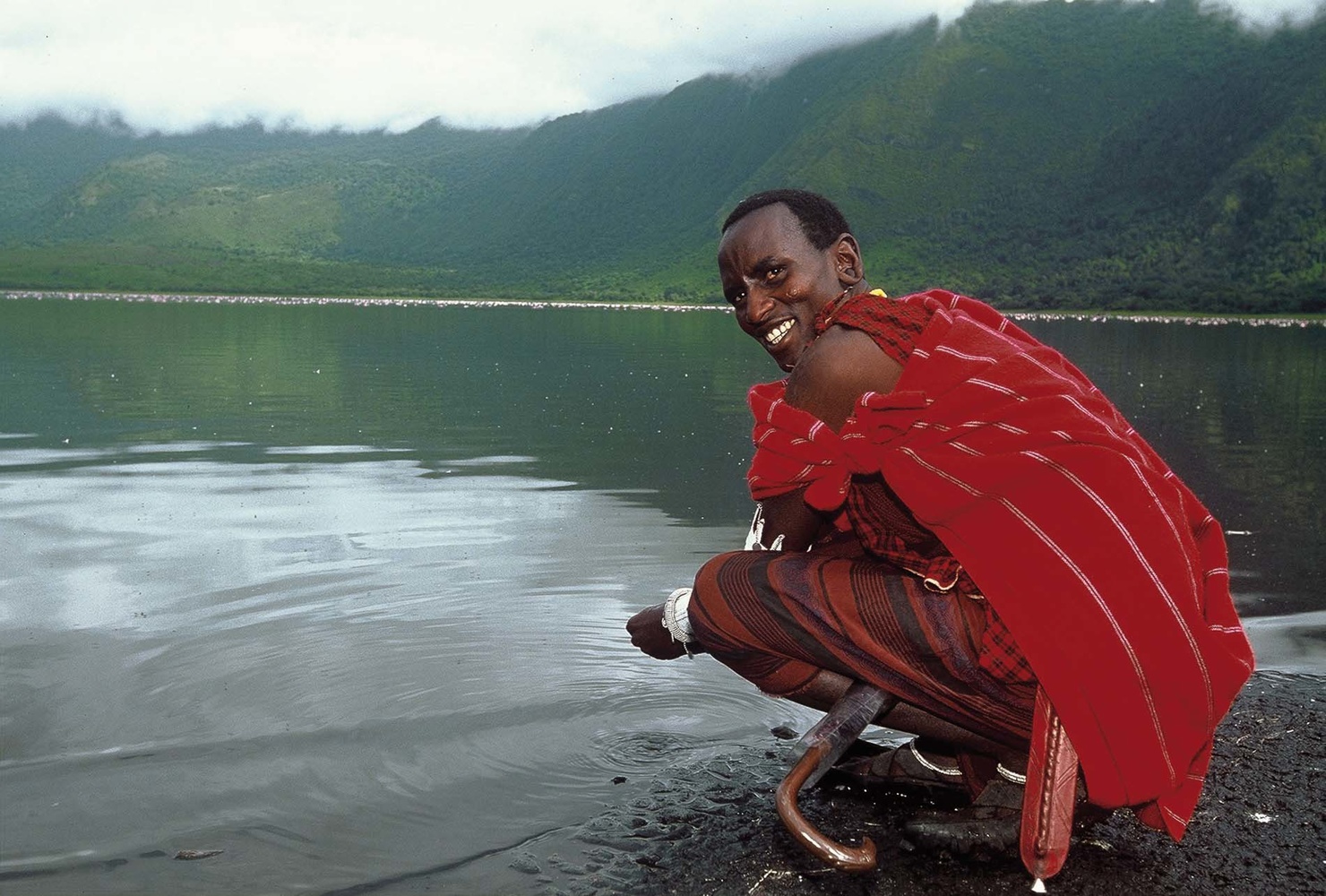All About the Maasai People
The Maasai (or Massai) people are an East African tribe who today mainly occupy the territory of southern Kenya and northern Tanzania, and speak the language of the same name.
The Nilo-Saharan Maasai migrated southward to this region in the 16th/17th century and prospered thanks to their skills in livestock farming, especially cattle. Maasai warriors are particularly famous for their size, stamina and striking red hair. Their warlike successes have allowed them to dominate the grasslands of the Rift Valley (or Great Rift Valley). The Maasai Mara Game Reserve in southern Kenya is named after the tribe that still lives there.
The migration of the Maasai tribe
The Maasai were originally a Nilo-Saharan people centered on the region of present-day Sudan. They then migrated south, with other tribes such as the Tutsis, in search of better pasture and agricultural land, a quest that led them to Central East Africa around 1750. They crossed the highlands of Kenya and passed Lake Turkana, finally settling in the savannah plains of what is now southern Kenya and northern Tanzania. The Nilotic and Kuchite origins of the Maasai are evident in their physical characteristics and the many examples of words borrowed from the Oriental Kuchite or Nilotic languages present in the Maasai or Maa language.
The Maasai have been influenced in certain aspects of their culture by Nilotic peoples who settled in the highlands of Kenya and who had migrated there before. As a result, cultural practices such as the circumcision and fish taboo have also been adopted by the Maasai. The arrival of the Maasai in the region in the late 16th and early 17th centuries also saw the decline of local tribal domination.
Adaptation of the Maasais people
The Maasai have adapted extremely well to their new environment. Because of the uneven rainfall in the interior areas of Kenya and Tanzania, the Maasai have had to concentrate on livestock, especially cattle, and abandon cereal cultivation in some regions. Other animals raised on a much smaller scale are goats, sheep and poultry. The cattle provided milk, blood to drink, manure for fuel, materials for weapons, tools and clothing and occasionally meat.
The Maasai continued to expand their domain, sometimes called Maasailand and located approximately in the area between Lake Victoria to the east and Mount Kilimanjaro to the west, Sending the younger generations of families to settle in new pastures with a certain amount of cattle from the original community. This process continued through the 17th and 18th centuries, with the tribe seeking “empty lands” where the existing population was low. As East Africa became filled with competing tribes and population density increased, the Maasai were forced to fight for their right to raise animals in a particular area, mainly in the 19th century.
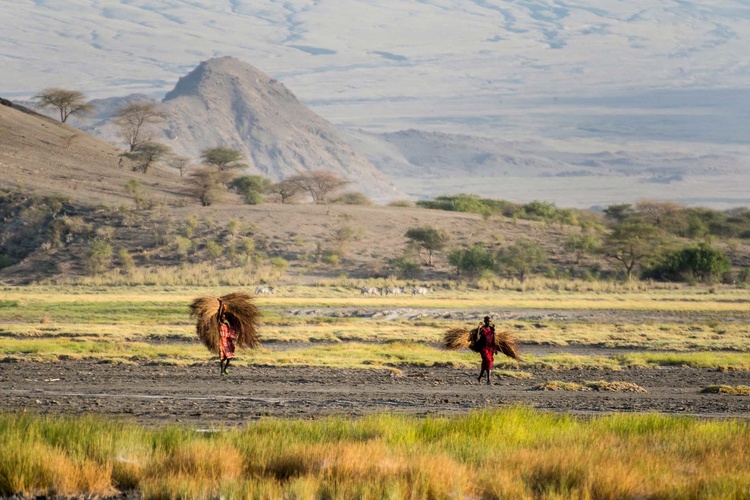
The Maasai oral tradition
The Maasai developed an oral tradition that confirmed their belief that they were the only pure cattle herders in East Africa. The stories essentially identify the Maasai as superior in all respects to other tribes, especially to hunters (the Dorobo) and farmers who had to perform unworthy tasks such as digging the land. One of these tales tells the consequences of ignoring a message from God asking the Dorobo to wait for his gift of cattle. They did not come to receive the offering and were disadvantaged compared to the Maasai.
Other oral traditions perpetuate the belief that the Maasai were born to be cattle breeders, including by literally saying that the first male progenitor of the tribe was given a shepherd’s stick for this purpose. In addition, it was felt that this specialization should not be compromised by other activities that other peoples are engaged in, such as hunting and agriculture. It may be important to note, however, that pure pastoralism among the Maasai probably only appeared very recently (around 1800) and that a minority of Maasai groups and some Maasai-speaking peoples lived almost exclusively from agriculture. It seems obvious that oral traditions in favour of pure pastoralism were really only a means for rich elites with large numbers of cattle to justify and perpetuate their position at the top of Maasai society - They never had to resort to agriculture and therefore they had the right to rule.
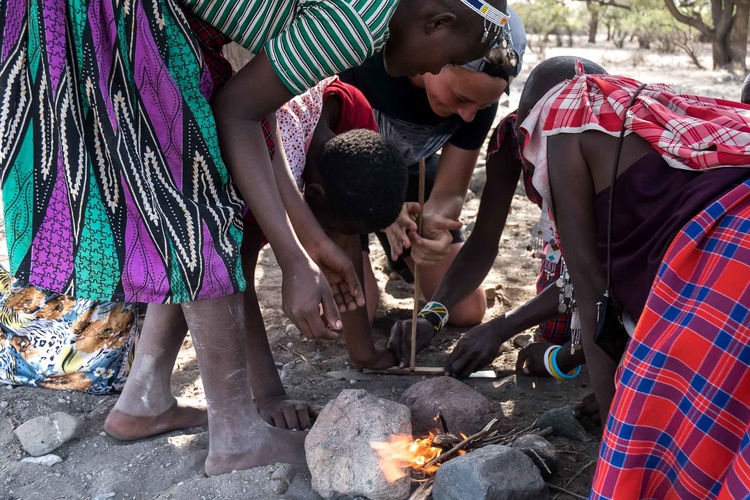
Company and ownership
The status of the Maasai in their society was dictated and measured by the number of cattle a man owned. Livestock was an indicator of prosperity and animals were usually given as dowries, but the Maasai also sometimes loaned their cattle to family members in difficulty. In some ways, livestock welded communities by providing a common and mutually beneficial ownership bond. Animals were kept by specific members of family groups, but the whole belonged to the larger social unit, regardless of their actual geographical distribution. The emphasis on livestock and the large number of animals needed to support a family has had an unfortunate impact on the poorest members of Maasai society. In times of drought, when milk ran out or animals died, those who had only a small herd were forced to farm or hunt for themselves, which, as we have seen above, was considered the ultimate failure.
All Maasai individuals were members of a family, clan and district group. Representatives of these groups formed councils of male elders - seniority in age was an important criterion for the Maasai elite - who met regularly to discuss and decide on issues of importance to the Maasai community as a whole, and to establish the mutual rights and obligations of each of these three levels of society. The elite groups usually ended up controlling the best pastures and vital water points. Young people were allowed to enter adulthood through initiation ceremonies that involved circumcision (for both sexes).
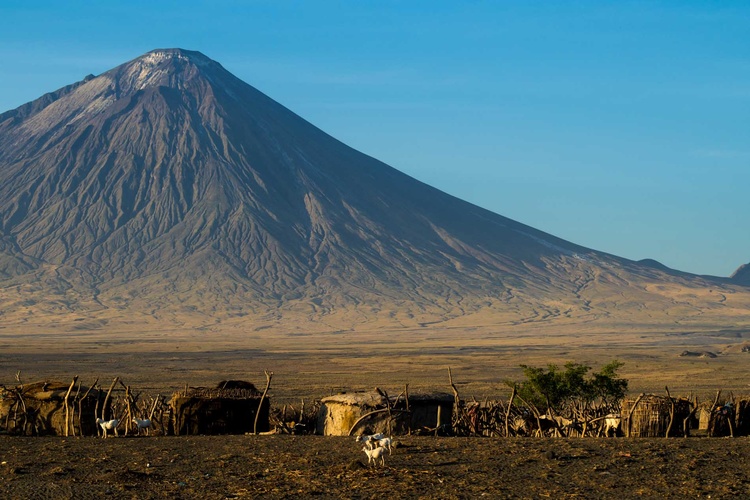
Other activities
Successful Maasai groups could allow individuals to engage in other activities such as basketry, textile work, religion and art. Another task could be the construction of houses, traditionally considered a woman’s responsibility with housework and child care, while men took care of animals. Trade with other tribes allowed to acquire basic necessities such as cereals, vegetables and other food produced by peasant tribes (including the Kikuyu), salt, iron, weapons, Luxury tools and products such as high-quality pottery and decorative objects for the body and home. It is interesting to note that trade was the responsibility of Maasai women. The Maasai paid for these goods in cattle, milk, hides and leather. Another area of exchange was expertise, with farmers performing minor surgical operations and tooth extractions in exchange for knowledge of the farmers' medicines.
Maasai Warriors
The Maasai were excellent breeders, but they were also renowned and feared as warriors. War was often necessary because the Maasai needed large tracts of land to graze their animals, which often put them in conflict with neighbouring peoples. Between 1500 and 1800, East African societies were still in the process of being established, with a very large number of distinct communities. The Mijikenda, like the Maasai, were seeking to expand their territory and the two groups inevitably clashed. Another rival group was the Padhola, particularly in the Tororo region, and a third were the various hunter peoples of East Africa. Competition for land and resources has only increased during periods of extreme weather, such as droughts.
The Maasai warriors (moranes) were controlled by ritual leaders (laibons). The warriors lived together in separate groups of dwellings, ate with each other, shared their possessions and always traveled together in small groups. They trained by throwing their spears at targets, improved their stamina and physique by fighting and simulating battles, and showed courage in chasing the lion. In addition to their characteristic red dress and short cape, the warriors grew long hair and covered it with a mixture of mud, cow fat and ochre. They also wore a beaded belt with a short knife and sometimes an impressive head made of ostrich feathers.
Warriors performed war dances, which included distinctive on-site jumps and other physical movements necessary for combat, then left armed with their very long spears to defeat their enemies. The Maasai were a great warlike success throughout the 18th century, although this may not be surprising given that their opposition was made up of societies far less militarized.
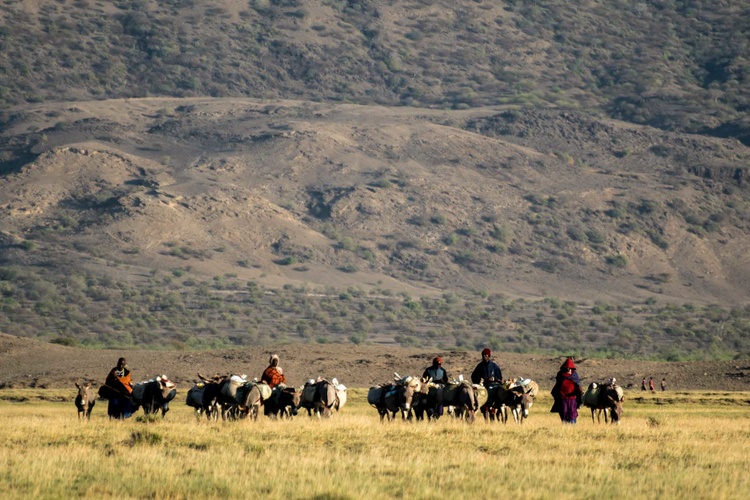
Massai in history
Despite their spectacular success in the previous century, the Maasai were in decline in the 19th century as the age-old struggle between herders and farmers began to tip in favour of the latter. Sedentary farmers were now creating more sophisticated and centralized forms of government, increasing their prosperity. The Maasai, who had few permanent roots and lived in dispersed communities, suffered from a lack of political and military organization compared to other more sedentary groups when they turned their attention to war. The Maasai’s position has been further weakened by the hunting of their animals by other peoples and by losses due to epidemics. From about 1850, rival Maasai groups engaged in damaging civil wars that often drove away valuable warriors who became mercenaries for neighboring tribes like the Nandi.
The Maasai survived the European colonial era in Africa, with the eastern part of the continent dominated by the British, Italians and Germans. Their independence throughout this turbulent period of African history is due in large part to the fact that they live in desert areas, having been driven from the grasslands by the expansion of agriculture encouraged by the Europeans. The British colony of Kenya gained independence in 1963 and since then, the Maasai have strongly resisted all government initiatives to “modernize” them.
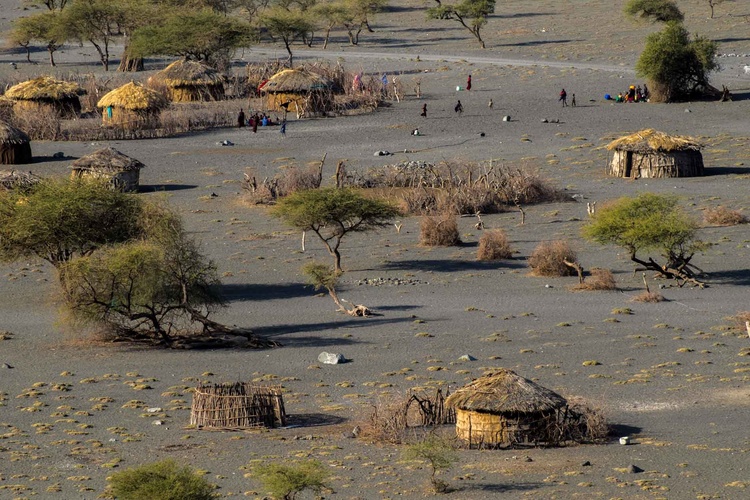
The Masai Mara reserve
The Maasai Mara is a large wildlife reserve in southern Kenya, named after the Maasai people in recognition of their long-standing occupation of the territory they cover. The reserve, located in the Rift Valley in East Africa, was established in 1961. It is one of the most famous wildlife parks in Africa and is famous for its diverse fauna, which includes lions, elephants and leopards. The reserve is also the site of the annual large movement of wildlife to and from the southern Serengeti, known as the Great Migration. The name of the park was not a meaningless gesture for the Maasai, who are still allowed to graze their livestock in parts of the reserve.
Read more articles:
Discover our safaris.

